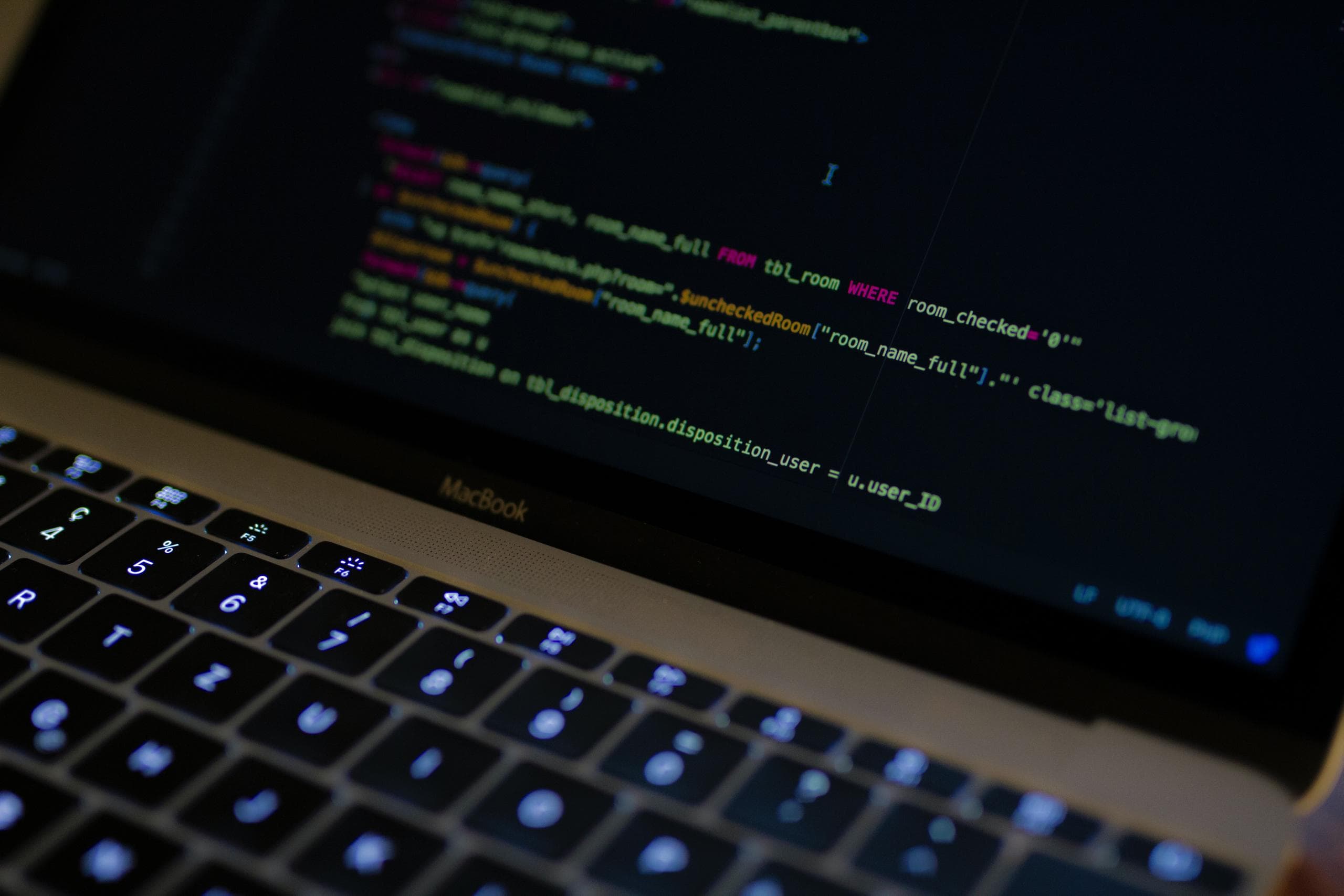Utilizing CSS Variables for Maintainable and Flexible Styles

CSS variables are a powerful tool for enhancing the maintainability and flexibility of your stylesheets. Here are some valuable tips to optimize your code:
- Define Variables in the :root Selector: Ensure that you define your variables within the
:rootpseudo-class. This allows these variables to be accessed globally throughout your stylesheet. -
Use Descriptive Variable Name: Opt for descriptive names for your variables that clearly convey their purpose. For instance:
:root { --primary-font: 15px; --primary-font-color: #000000; } -
Provide Fallback Values: It's a good practice to supply fallback values for your variables in case a browser doesn't support this feature. Although most modern browsers do support CSS variables, having a fallback ensures graceful degradation. For example:
:root { --primary-background: #fefefe; }div { background-color: var(--primary-background, white): } - Maintain Consistency with Variables Always employ variables for values that are reused multiple times throughout your stylesheet. This enforces code consistency and makes global changes a breeze.
- Exercise Caution to Prevent Overuse: While CSS variables significantly enhance maintainability, overusing them can lead to confusion and complex code. Reserve variables for values genuinely reused in your styles.
- Dynamic Variable Updates with JavaScript CSS variables can be dynamically updated using JavaScript, enabling more interactive user experiences with potentially less code.
These tips serve as a solid foundation for utilizing CSS variables effectively. There are certainly more techniques to explore in this ever-evolving field. What additional tips and tricks do you have in mind? I'm excited about the future of CSS and the forthcoming features that will empower us to build even better for the web!